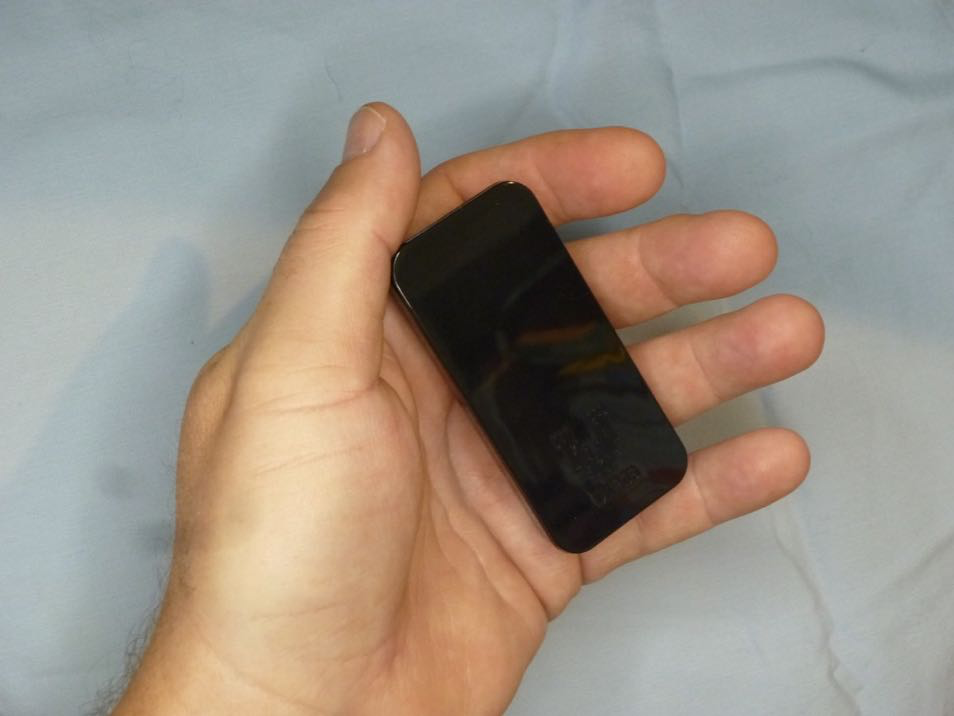This was written by Martin Lange, who serves with SIL training leaders in Latin America
How do you get digital resources into the hands of people who aren’t connected to the Internet? How do you distribute apps, videos, audio, documents, and images to people who can’t afford the data it would take to download those materials? What if those people live in remote areas where they don’t have cell coverage?
A key means of media distribution in such situations is a Wi-Fi connection that acts like the Internet but isn’t. Wi-Fi connection units, generically referred to here as Wi-Fi media boxes, show up on a user’s device as a Wi-Fi network. Yet the content offered is only what the owner of the unit loads into the memory of the Wi-Fi media box. Users are unable to make an Internet connection through them.
Several Wi-Fi media box options are available as of May 2020: The ConnectBox, The Lightstream Pocket, The MicroPi, and The BibleBox Pi. Each costs less than $100 USD and has advantages and disadvantages. Here is a detailed review of each unit and a detailed comparison of the features each one offers compared to the others. Here’s the Spanish version. We hope that this review helps you to learn more about the available options and choose the Wi-Fi media box that best meets your particular needs.

1 thought on “Comparing Wi-Fi Media Boxes”
Comments are closed.